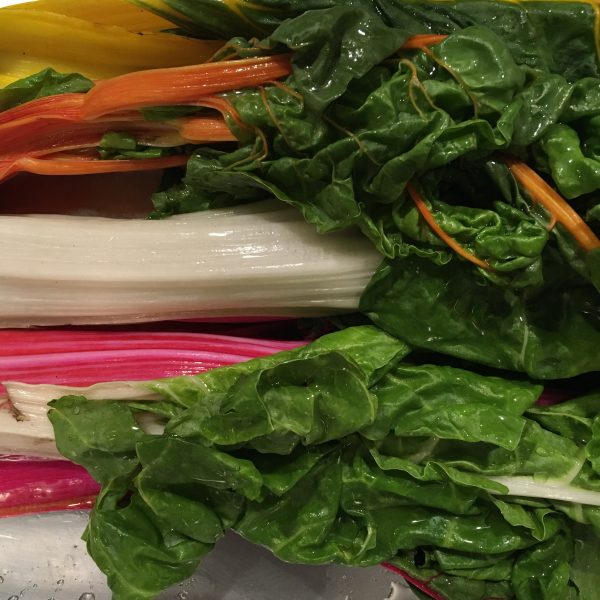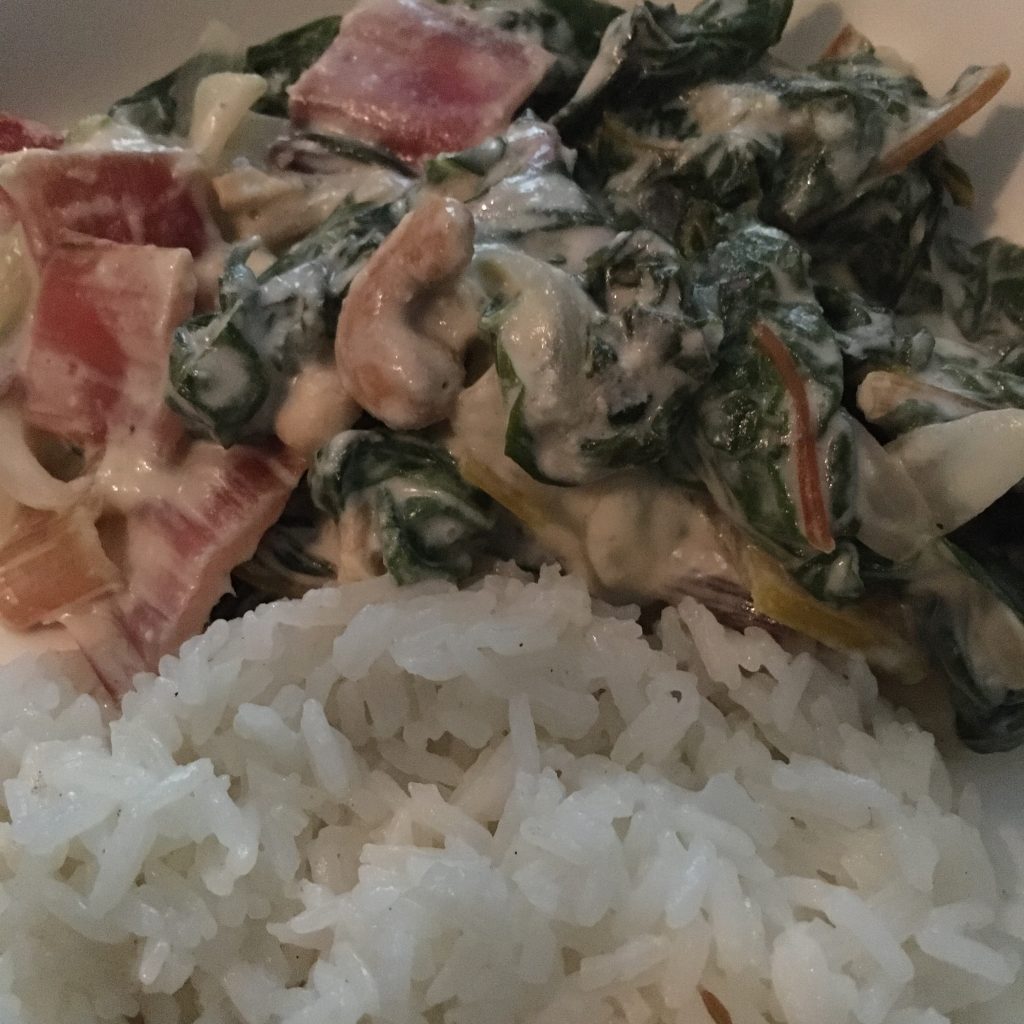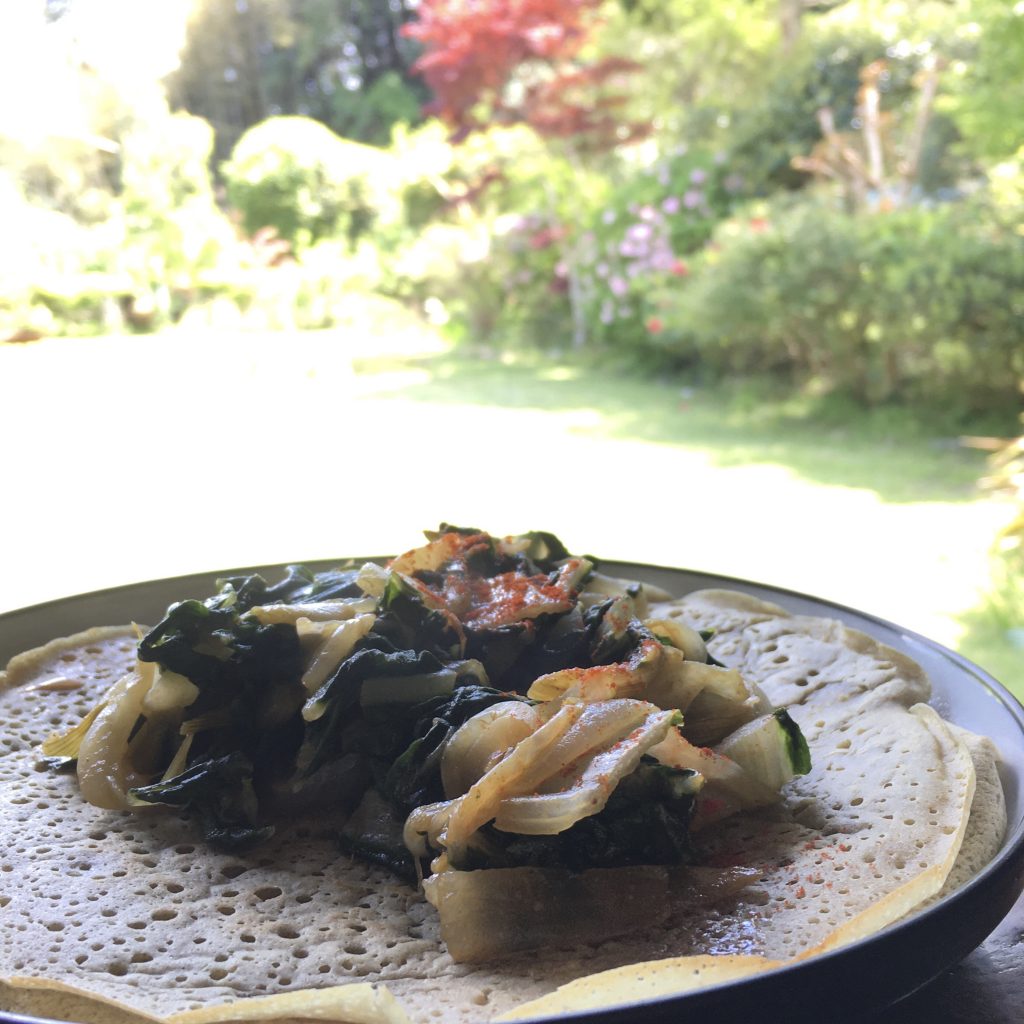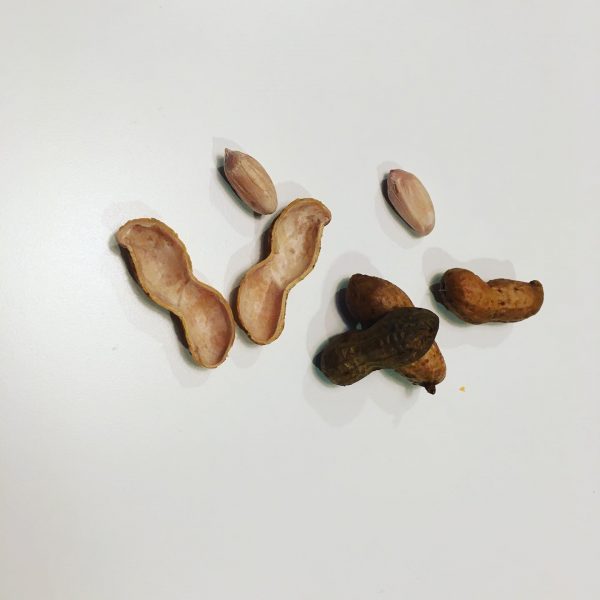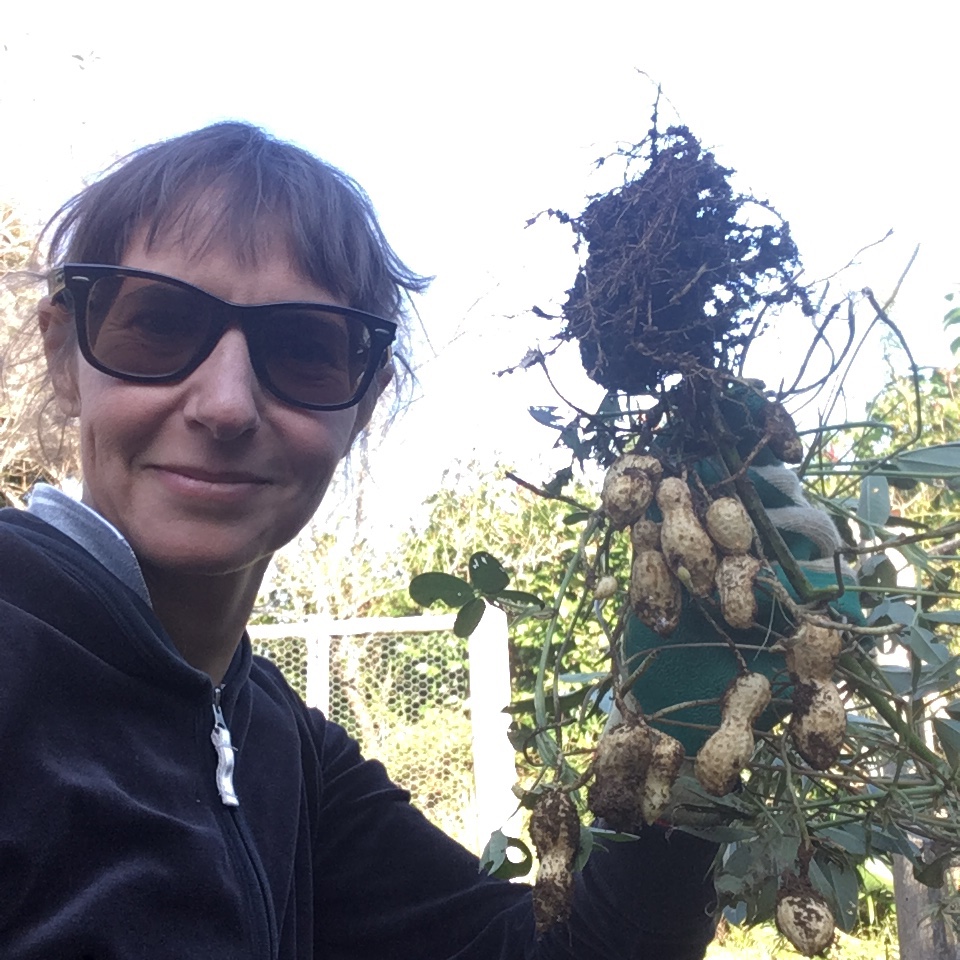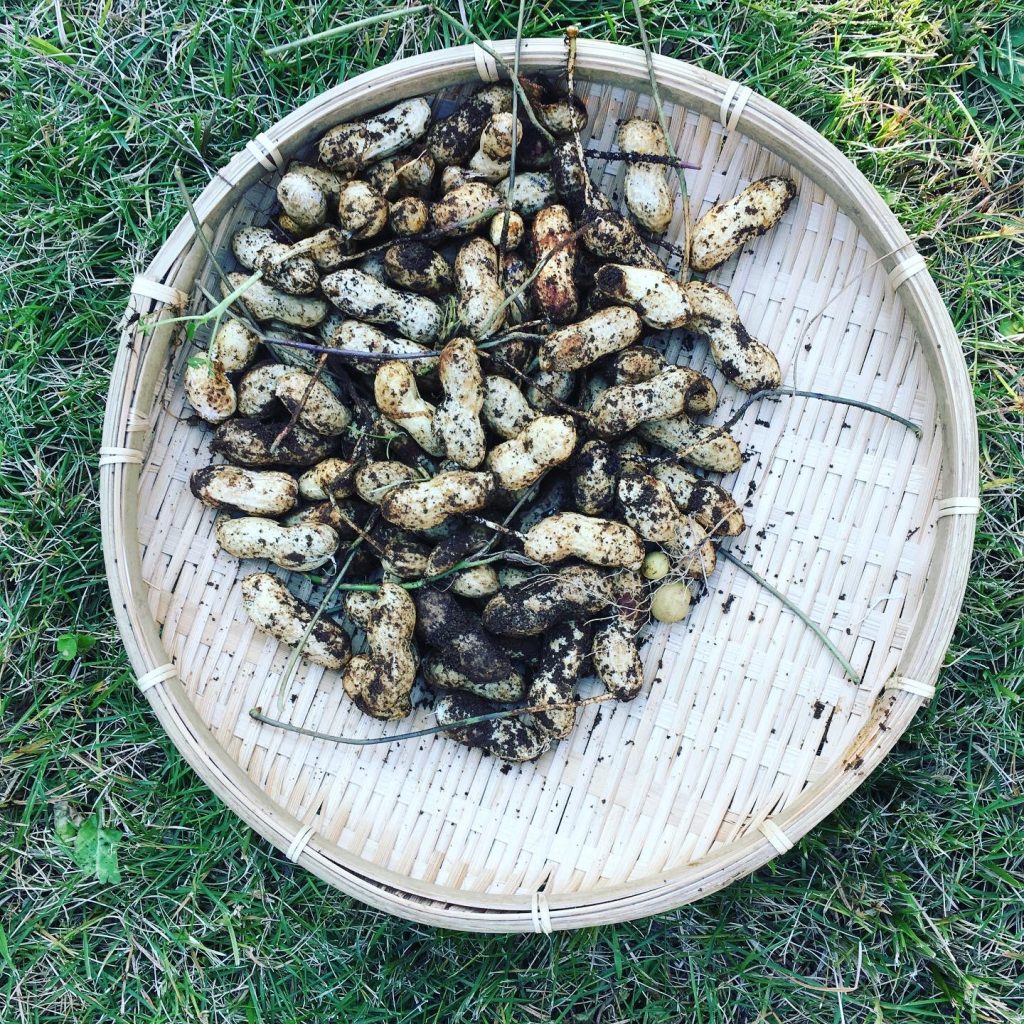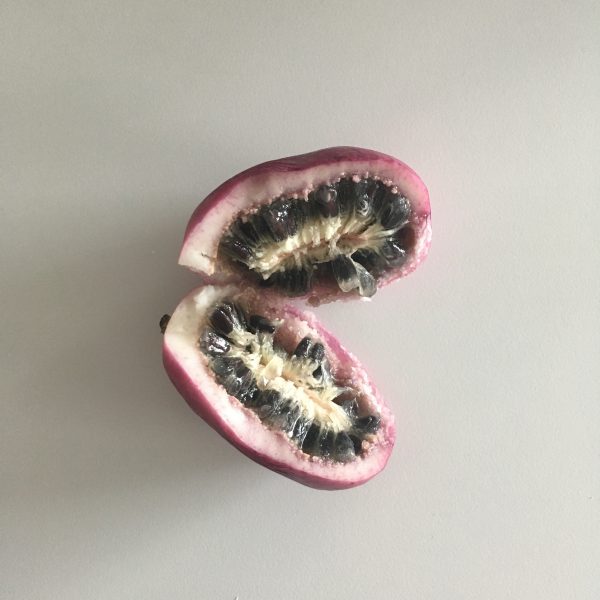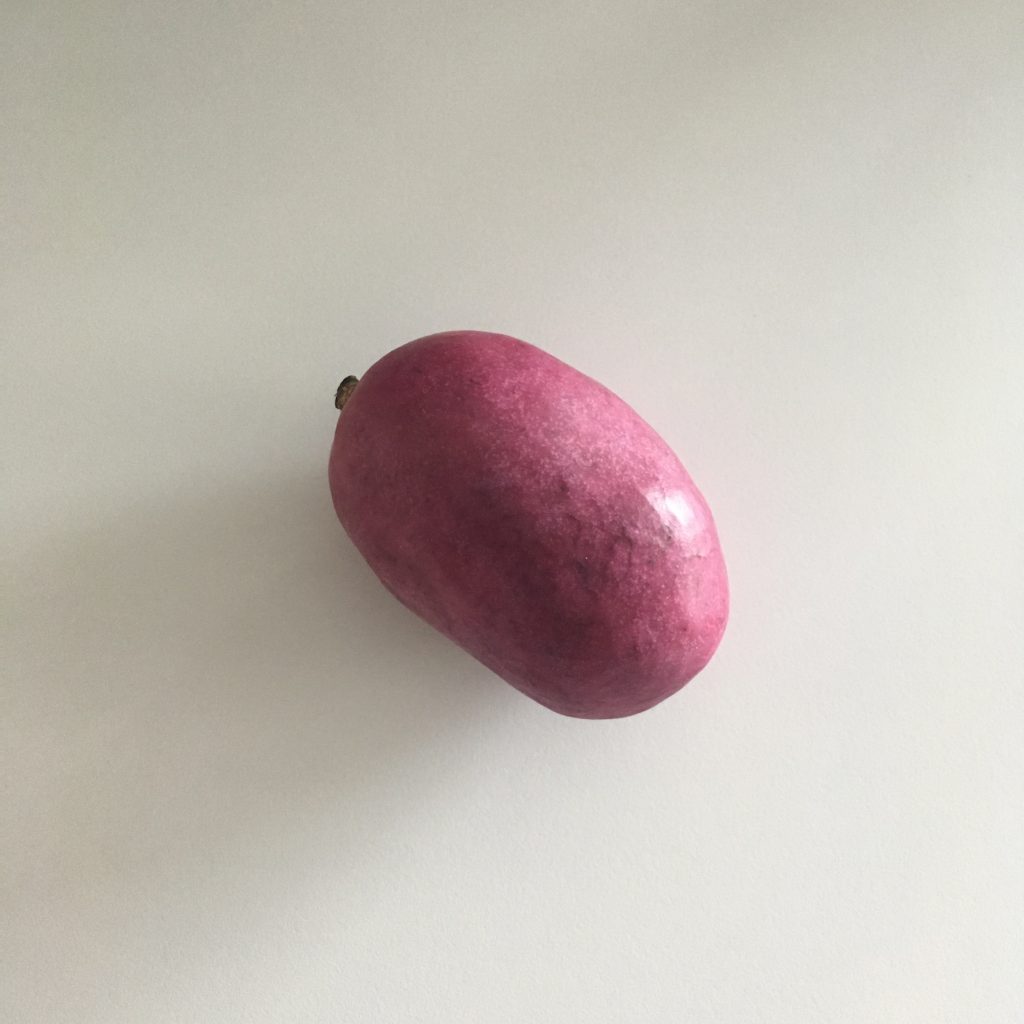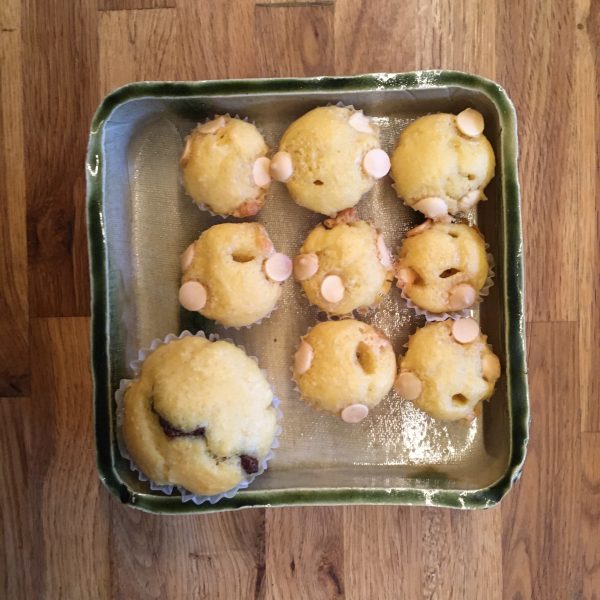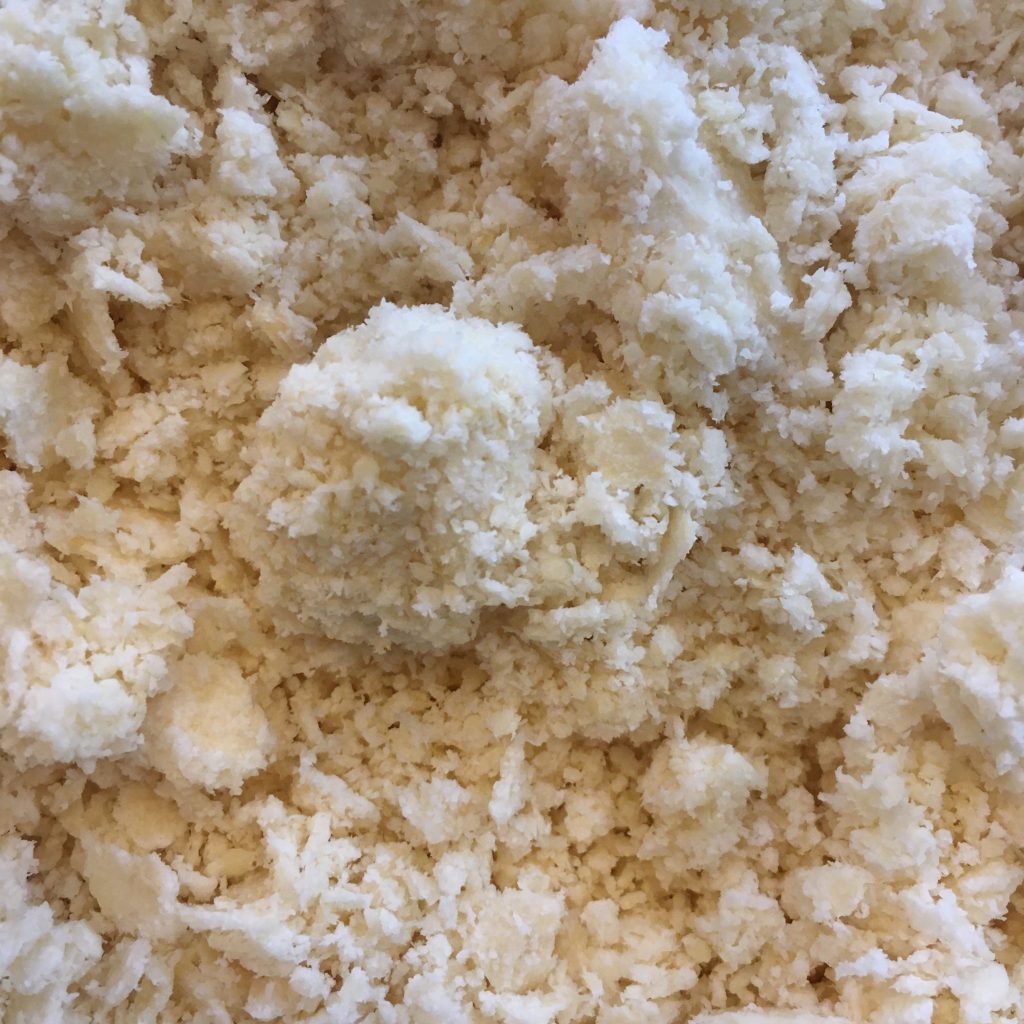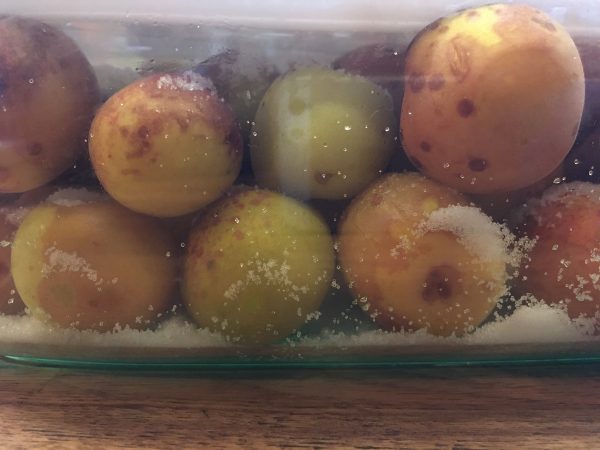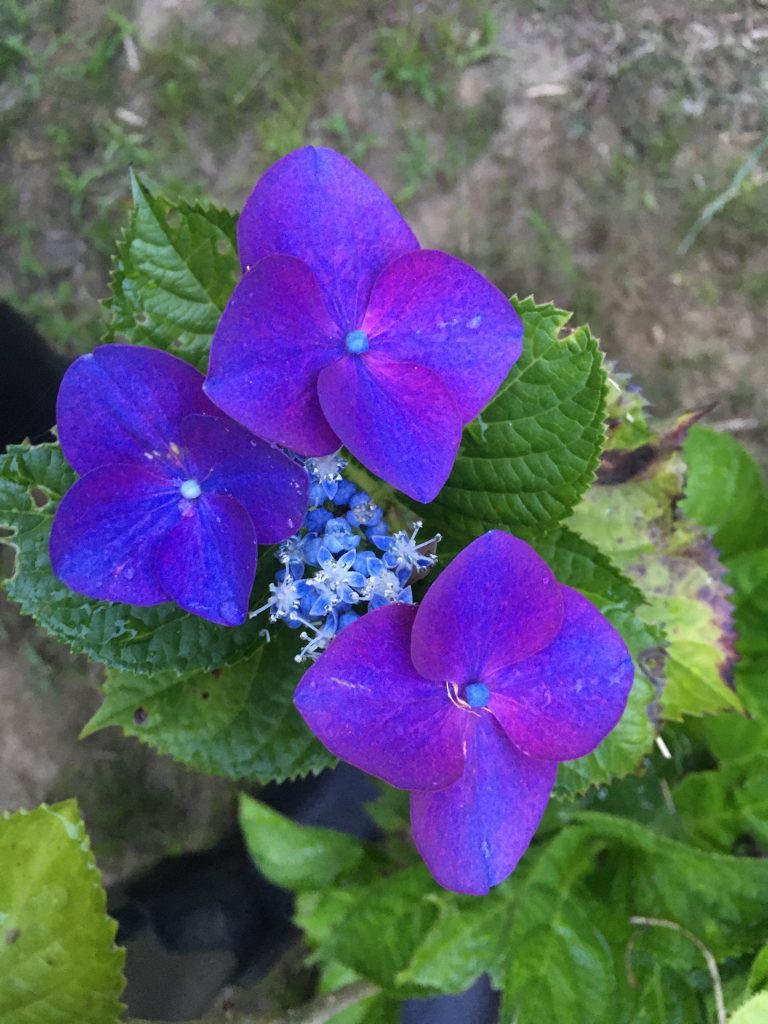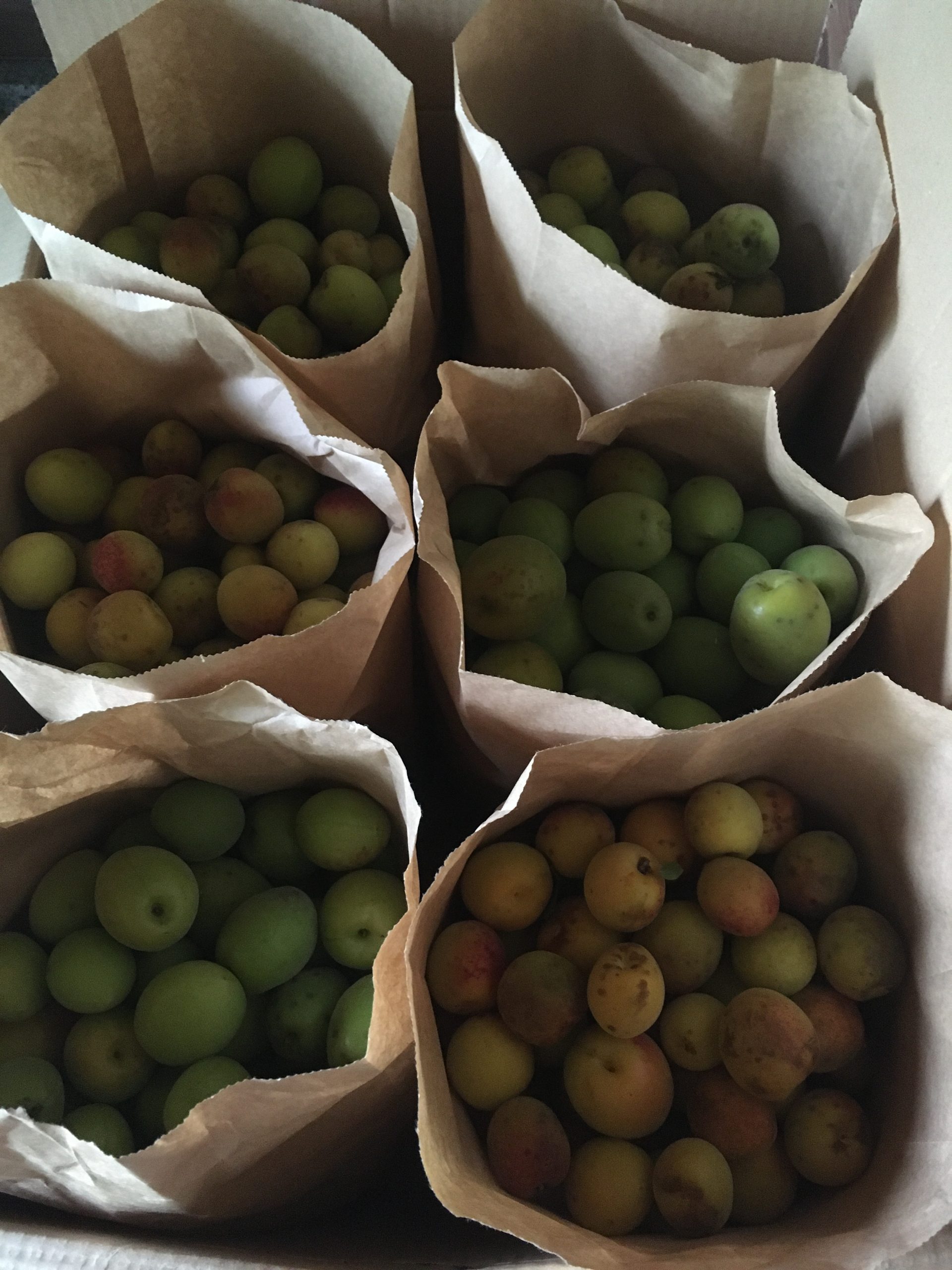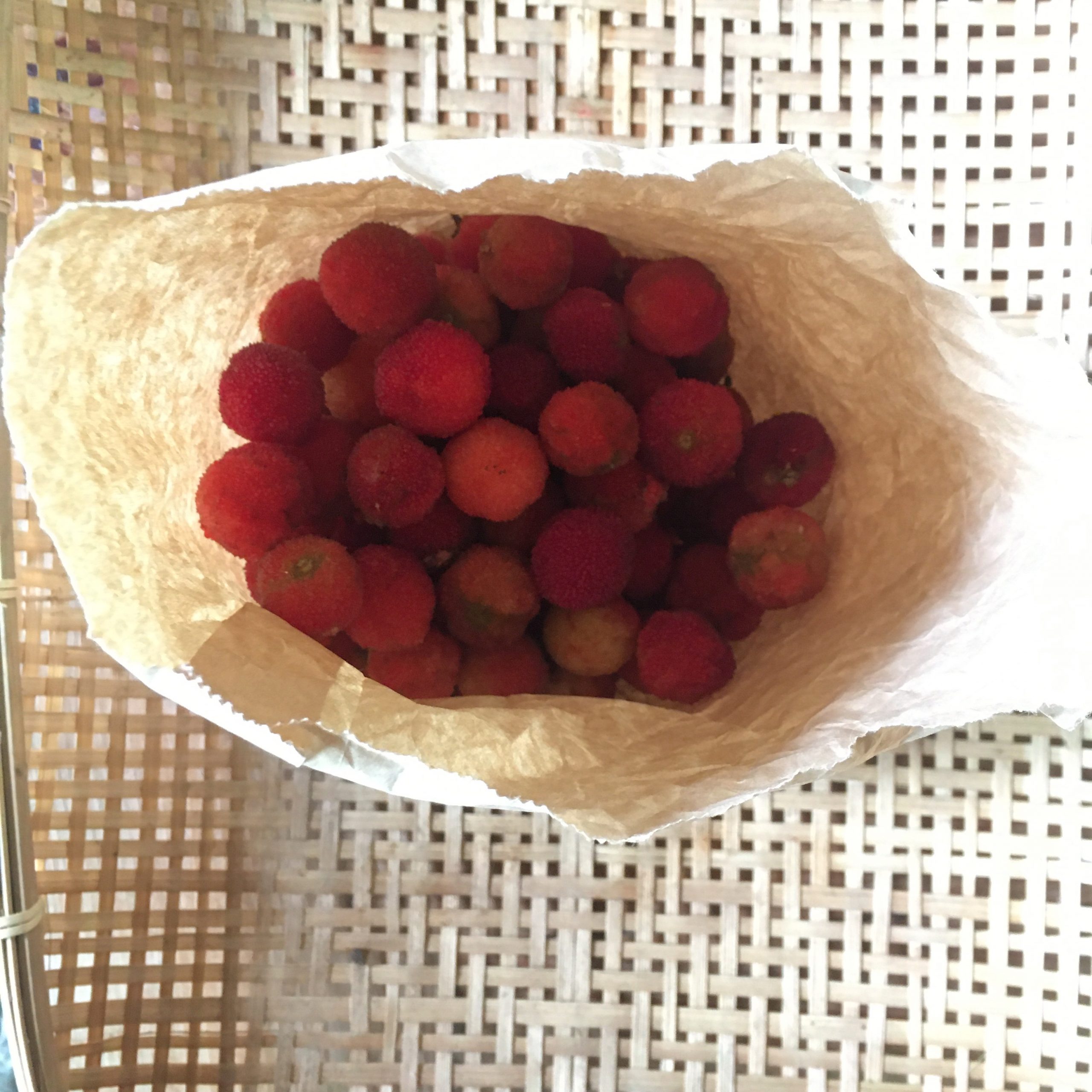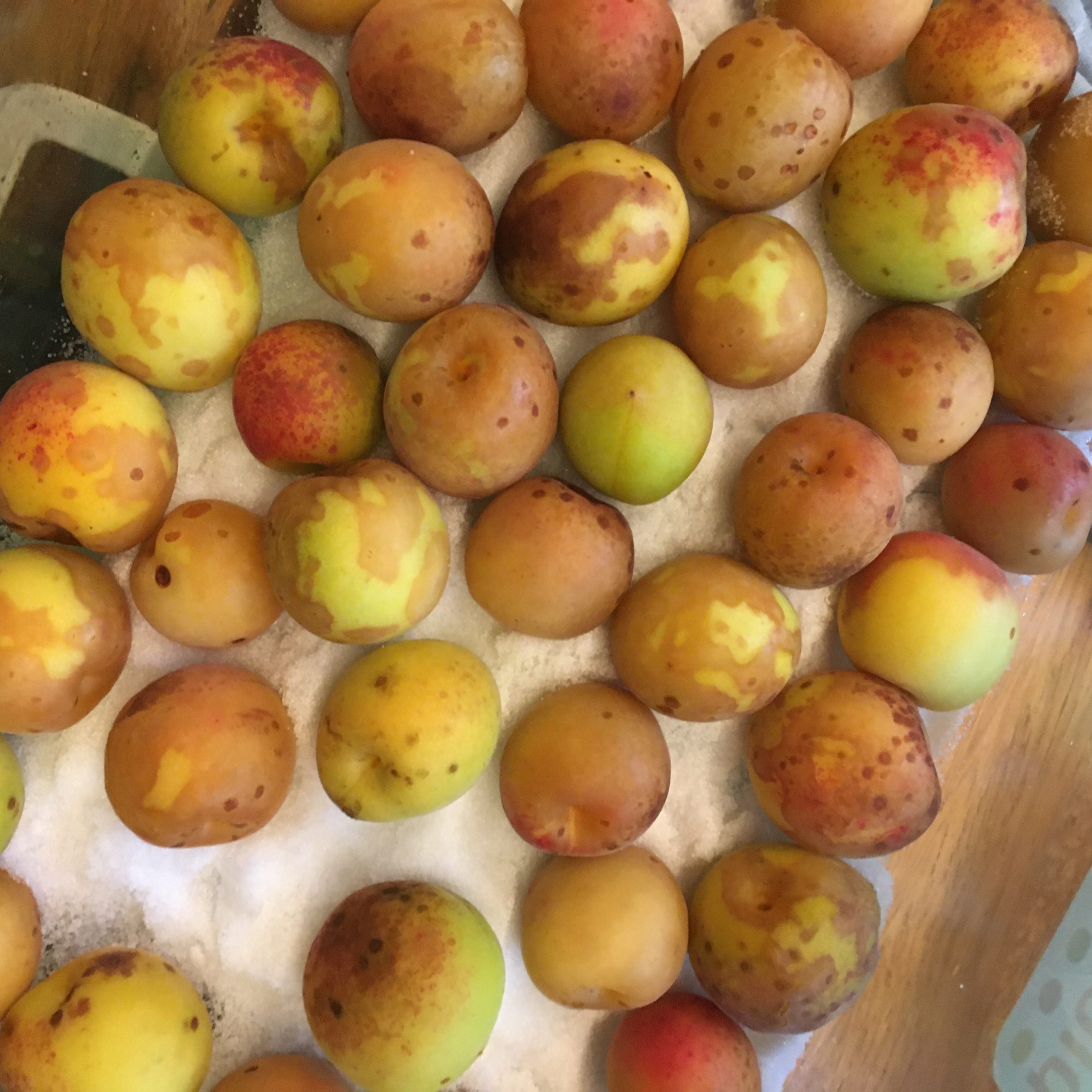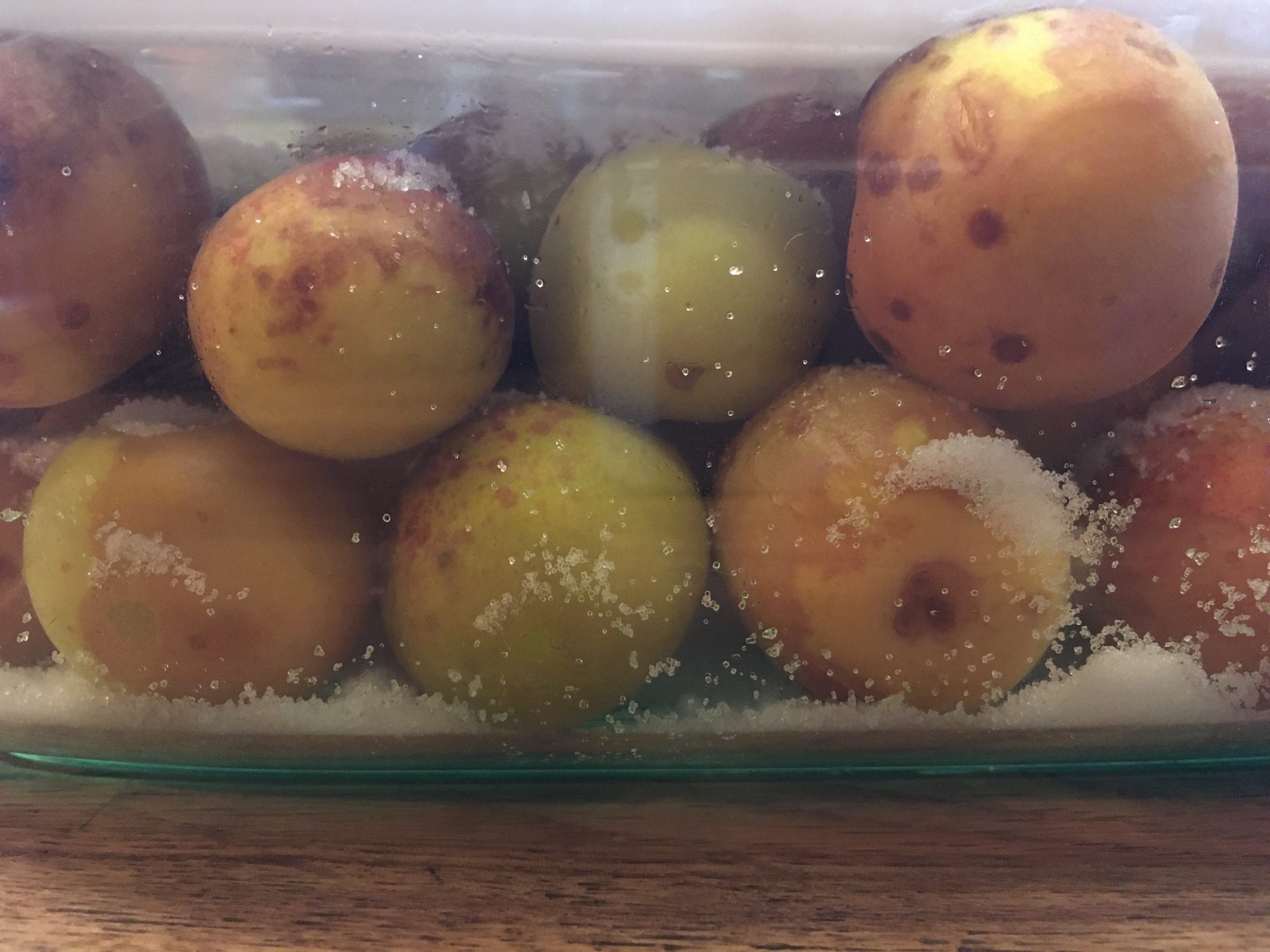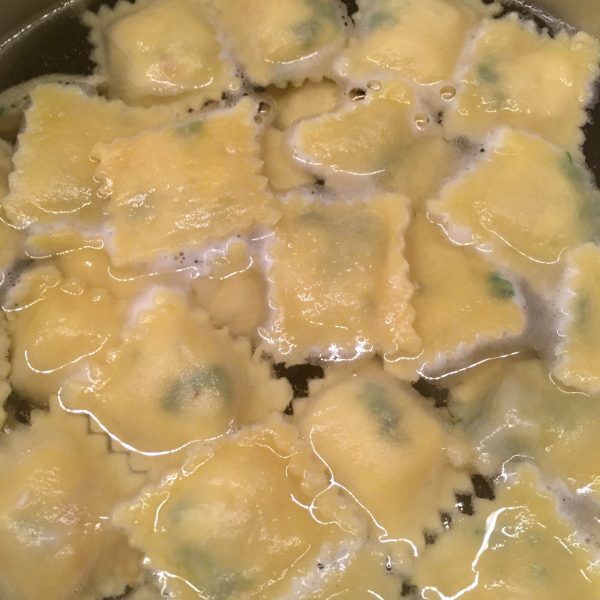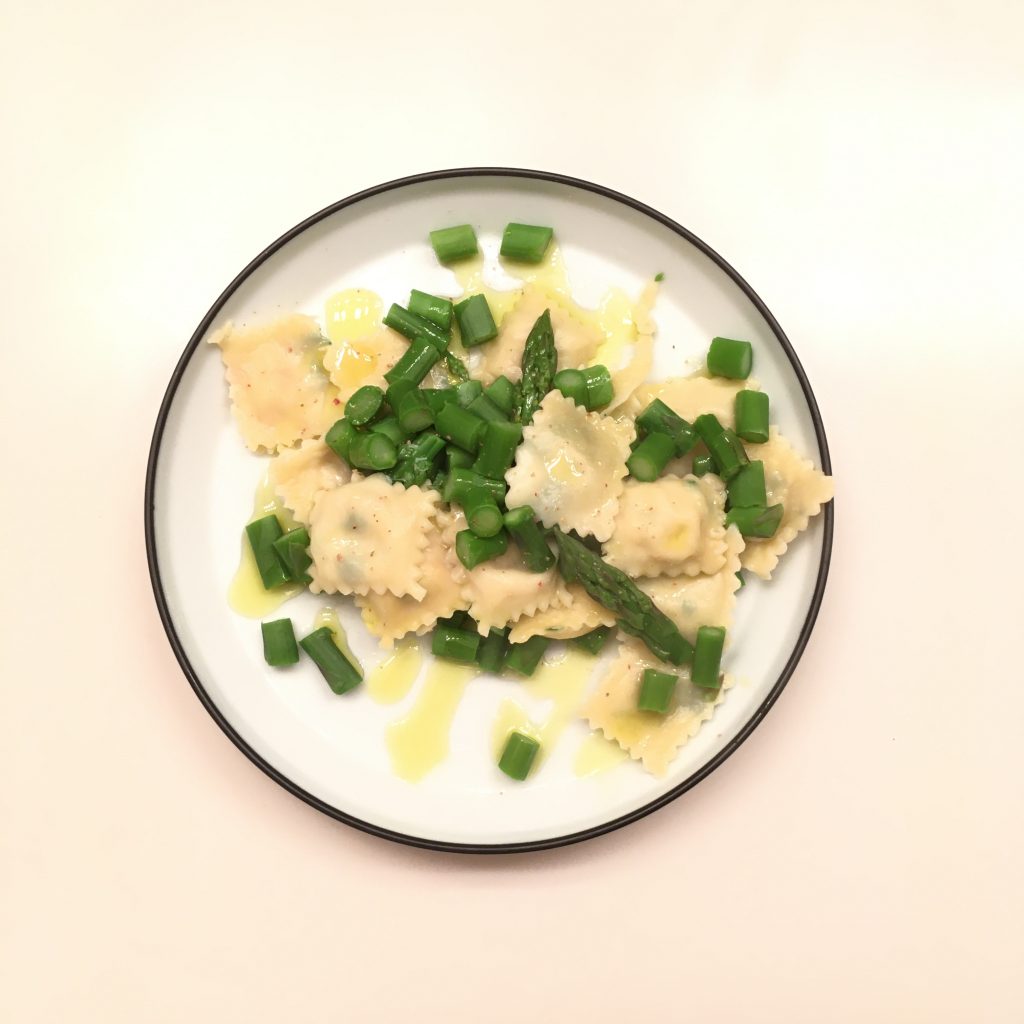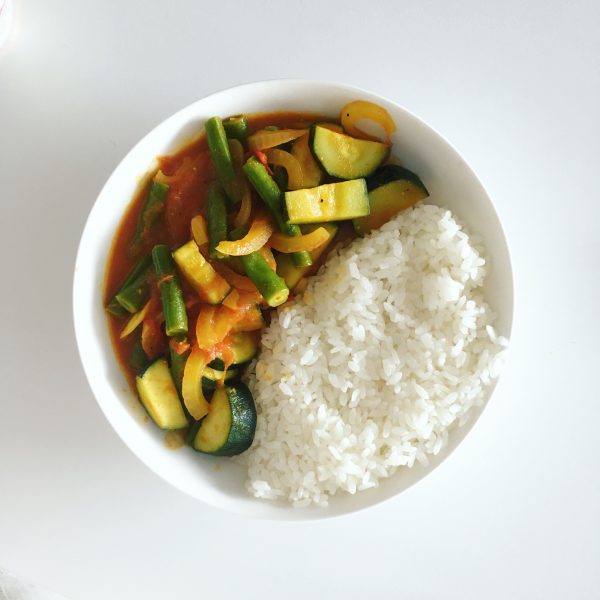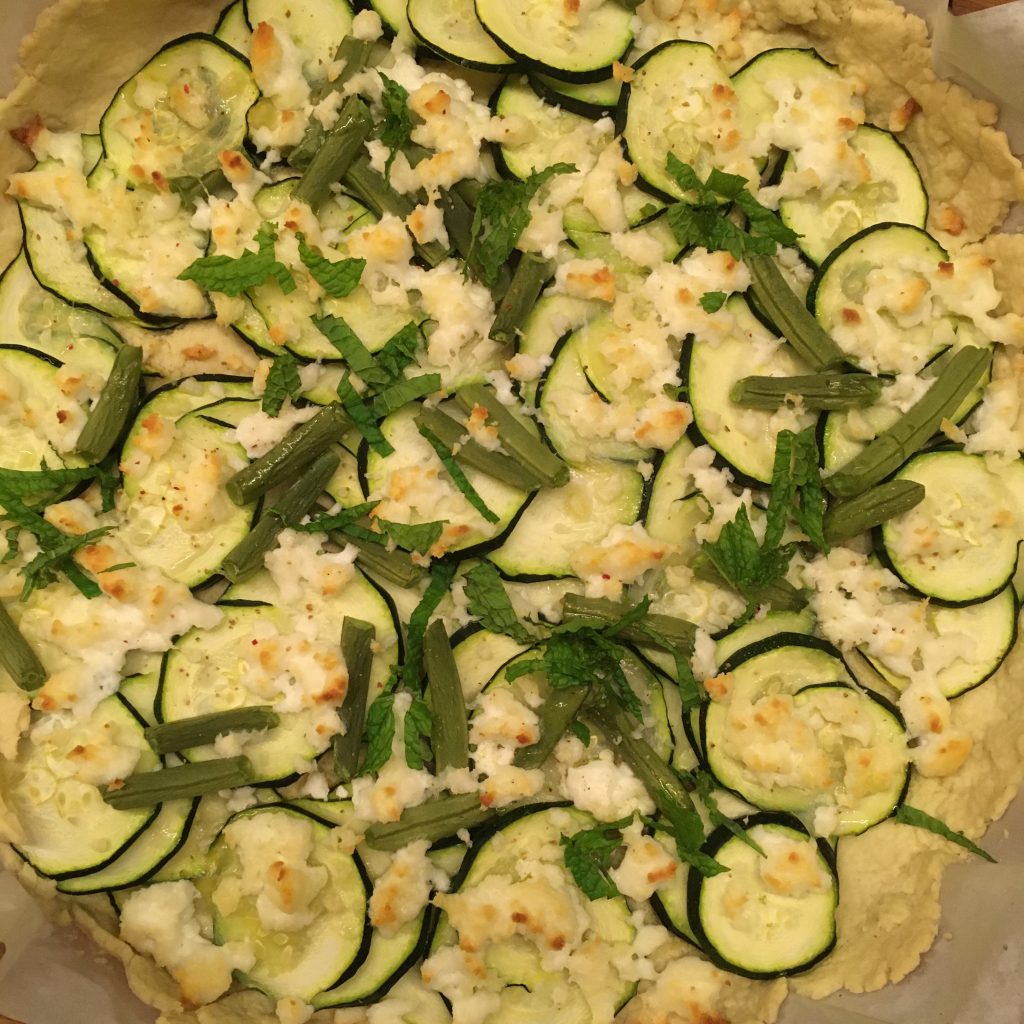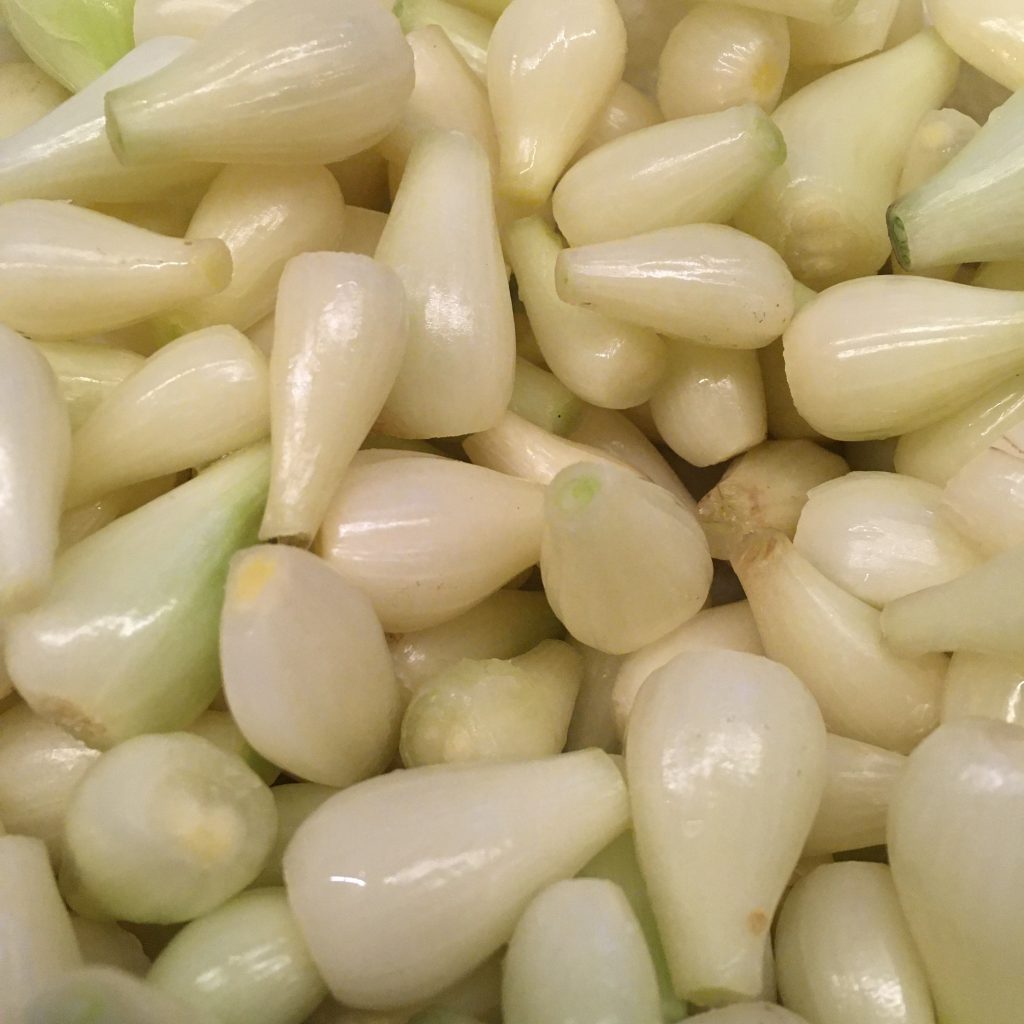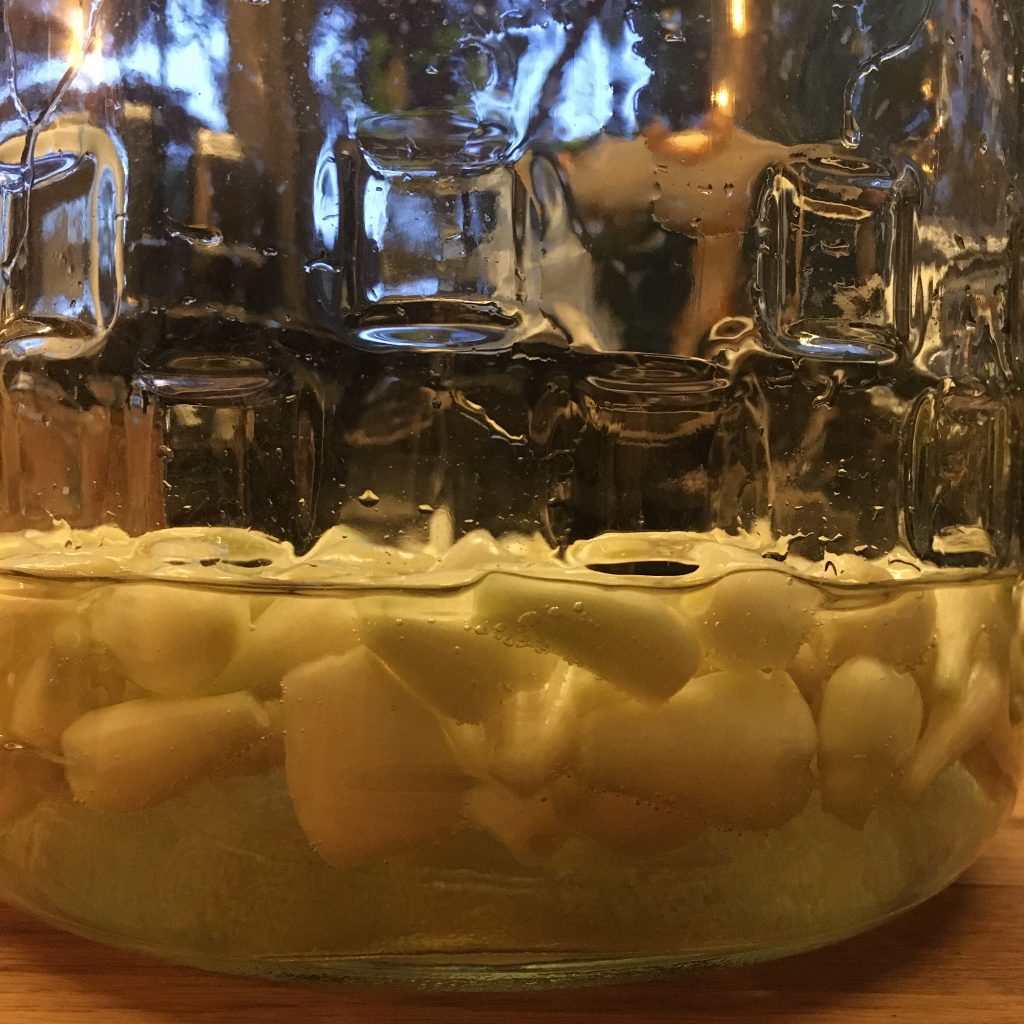In France we have chards and they are green, with beautiful leafy greens and rather stiff whites. Both are delicious and I have always liked when my mother was making some. Compared to spinach they have a distinctive earthy flavor that I love. It took me a long long time to find chards in Japan. I only found some once we started to shop at local farmers’ markets in Isumi or once in a while at Mitsukoshi Nihonbashi. I think not because of the location but because they are just becoming more popular now and are not originally a green from Asia (we have so many already there…).
What surprised me the most was that instead of being the classic white and green vegetables I knew, they came in various bright and beautiful colors. Vibrant pinks, bright yellows… and the colors stay rather well even after cooking. The other funny fact is that the fibery white part (now colorful part) is a lot less fibery and stiff.
Actually growing some is also not too difficult so we had a try at it last year, and we enjoyed the very young ones not even cooked, just row and they make beautiful salads!
Last weekend on our way to visit some plots of land, we stopped at a local farmer that was selling some. And he gave us a real lot of colorful Swiss chards, and some new onions too. So Swiss chards and new onions have been on our plates pretty much every day. First with some simple pasta and olive oil, then I started to think about other possible recipes. My top 3 of the things I cooked with New onions and Swiss chards is as follow:
1. Steamed buns
2. With coconut milk and cashew nuts, served with spicy Basmati rice
3. With paprika and served with buckwheat pancakes
So here are my recipes. They are all vegan and super easy to make. I hope you’ll enjoy them!
Steamed buns with Swiss chards and new onions (makes 4 large ones)
- a bundle of Swiss chard
- 2 new onions
- a pinch of cumin
- salt and pepper
- 1tbs of olive sesame oil
- 200g of flour
- 1tsp of baking soda
- a pinch of salt
- water
In a bowl mix the flour, baking soda and salt, add water little by little and knead until the dough is soft and smooth. (If you have time, replace the baking soda by sourdough and wait 12h after kneading).
Wash and chop the chards, peal and chop the onion. In a frypan, put the sesame oil, and the chopped vegetables and cook at medium-low heat until they are soft. Add the cumin and salt and pepper and stir well.
Cut the dough in 4, make balls, and roll them into an 18cm disc. Split the filling into 4 portions and put in each disc. Form the buns and steam for 20min. Enjoy with a bit of soya sauce or without!
Swiss chards in coconut milk with super fragrant rice (2 servings)
- a bundle of Swiss chard
- 2 new onions
- 200ml of coconut cream or coconut
- 1 handful of cashew nuts (shelled)
- salt and pepper
- 100g of Basmati rice
- a pinch of cinnamon, of cardamom and coriander, 2 star anises
- A bit of butter if you don’t mind
First, steam the rice with the spices, and the butter if you use some. Then, while it is cooking, wash and cut in chunks the onions and chards. In a pan put the vegetables, the coconut milk and the cashew nuts roughly broken. Cook for 10minutes at medium heat, while stirring once in a while. Then serve with the warm rice and enjoy.
Buckwheat pancakes and Swiss chards and new onion stew (2 servings)
- a bundle of Swiss chard
- 2 new onions
- 1tsp of olive oil
- 1tsp of paprika
- a pinch of turmeric
- salt and paper
- 120g of buckwheat flour
- 1tsp of baking powder
- water
- a bit of oil for cooking the pancakes
In a bowl, mix the buckwheat flour, the baking soda a pinch of salt and add water until the dough is creamy, but not liquid.
Wash and chop the vegetables and cook them in a pan with olive oil while stirring once in a while. Add the turmeric and paprika, salt and pepper and stir again.
In a greased pan cook the pancakes (size is up to you) on both sides. Serve with the vegetables and enjoy.
Et voila, three really easy and delicious recipes with Swiss chard and new onions!
